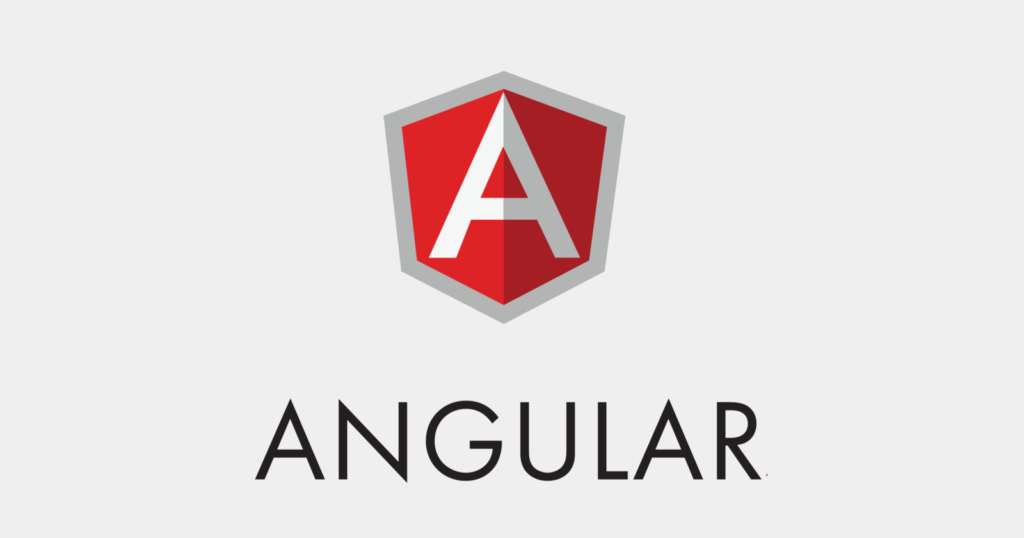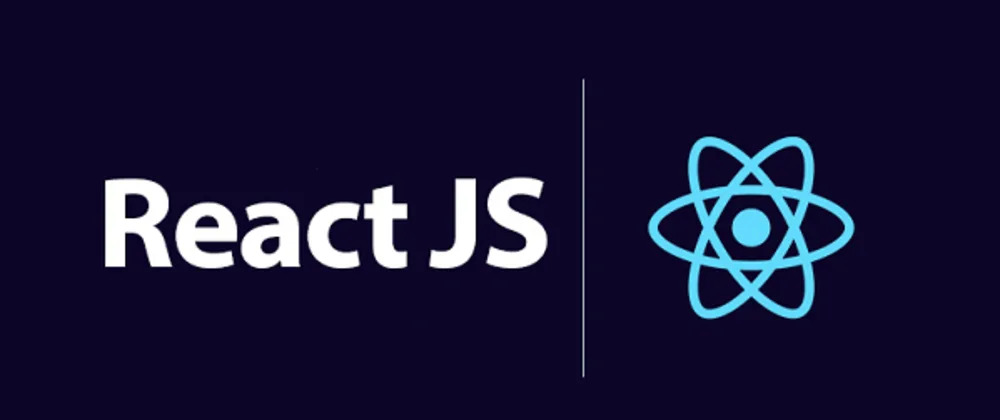When it comes to developing modern web applications. Angular and React are two names that resonate strongly in the development community. Both are powerful, but which is the best option for your project? In this article, we’ll break down the strengths and weaknesses of Angular and React, helping you make an informed decision.
Angular: A Framework Turned into a Platform
Angular, backed by Google, stands out for its comprehensive approach that goes beyond simply being a framework. It is presented as a complete platform for web development. The adoption of TypeScript not only gives it unique robustness, ensuring early detection of errors, but also significantly raises the quality of the code, making a crucial difference in the development experience.
Angular Featured Features
TypeScript: Introduces static typing, improving the robustness and maintainability of the code.
Dependency Injection: Facilitates the management of components and services, promoting modularity.
Angular CLI: A powerful command-line tool that simplifies the development and deployment of Angular applications.
Angular Forms: Provides a robust system for the management and validation of forms, improving the user experience and facilitating interaction with data.
When to Choose Angular?
Angular shines in large-scale projects, where the size of the application requires a solid and well-defined structure. It is the preferred choice for enterprise applications that span multiple views, feature complex business logic, and require significant levels of scalability. The comprehensiveness of Angular becomes a powerful ally in the management of ambitious projects, guaranteeing robust and high-performance development.
React: Agility and Flexibility in Focus
Developed by Facebook, React takes a lighter, UI-focused approach. Although it is technically a view library, its expansive ecosystem and Virtual DOM put it on par with the most complete frameworks.
React Key Features
Virtual DOM: Optimizes DOM updates, improving application performance.
Data Unidirectionality: Facilitates tracking of state changes, improving the predictability of data flow.
Componentization: Encourages code reuse and facilitates maintenance.
Libraries and Vibrant Community: The wide variety of libraries and an active community solidify React as a versatile choice and backed by a solid support network.
When to Choose React?
React is the ideal choice for projects where agility and flexibility are crucial. Its versatility stands out in the development of single page applications (SPA), creation of highly interactive user interfaces and in projects that require rapid iterations. React’s ability to adapt to dynamic changes and its UI-centric approach make it an indispensable ally. In environments where speed and adaptability are priorities it is appropriate.
The Choice Depending on the Context
Choosing between Angular and React will depend on the specific needs of your project and the experience of the development team.
Key Factors to Consider
Scalability: For large and complex projects, Angular provides a solid structure.
Speed of Development: React excels in projects that require speed and flexibility.
Team Experience: The team’s familiarity with one or the other can influence the decision.
Conclusion
Between Angular and React, the choice comes down to the very essence of your project. If you are looking to build a robust enterprise application, where structure and scalability are paramount, Angular is a reliable giant backed by Google. On the other hand, if agility and flexibility are your priorities, especially in projects aimed at interactive interfaces, React emerges as the versatile option with its Virtual DOM and user interface-focused approach.
Evaluate your needs, consider the key factors and choose the one that best suits your project. Happy developing!
If you are looking for the perfect team to help you develop an effective website, we are also here to help you. Also, Contact us today to learn more about our Virtual Store Design services.














